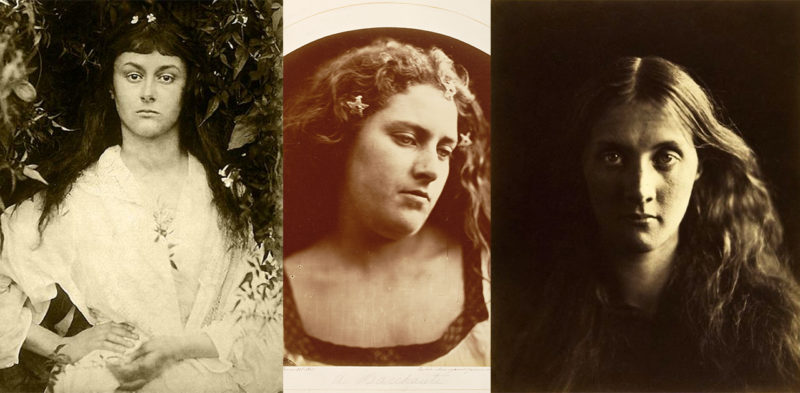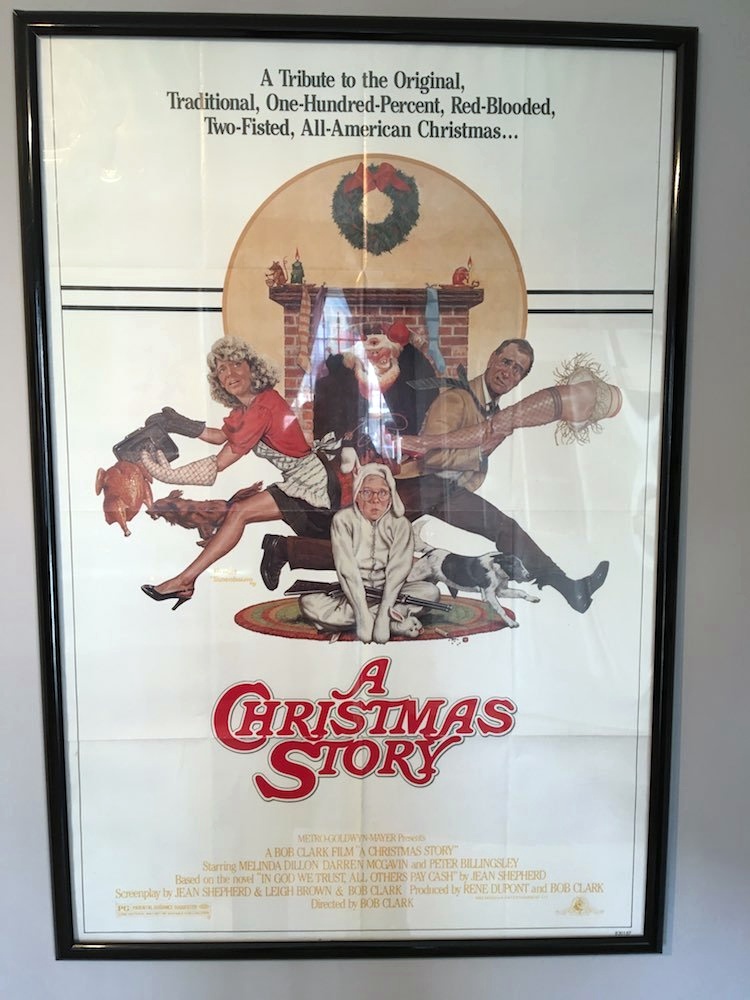You never know what you are going to find when doing research for a Recollections blog post! While learning more about the Victorian pastime of tableau vivant, or posing for vignettes, the name of Julia Margaret Cameron came up. She was a very interesting woman who came to photography after her children were grown. She had no formal training in the medium but was a pioneer in the way she photographed her subjects as well as the process she used to create her photographs.
Julia Margaret Pattle was born on June 11, 1815, in Calcutta, India. She was the fourth of seven daughters born to an East India Company official and a descendant of the French aristocracy. She married Charles Hay Cameron in 1838. They raised four children in India before moving to England, where they had two more. The family finally settled on the Isle of Wight. After all of the children were grown, her only daughter and son-in-law gave her a camera for Christmas. It was 1863 and Julia Margaret Cameron was 48 years old. Her husband was away on business in Ceylon (present-day Sri Lanka) and she had a lot of time on her hands. It was hoped that the gift would provide some amusement during her solitude.
Malcolm Daniel writes in his 2004 essay about her that the camera quickly became more than a source of amusement for her. She wrote, “From the first moment, I handled my lens with a tender ardour and it has become to me as a living thing, with voice and memory and creative vigour.”
Julia Margaret Cameron was somewhat eccentric. She was well-read and deeply religious, too. All of this carried over into her photography. She was not interested in commercial photography (although was a savvy marketer of her art). In her own words, she sought “to ennoble Photography and to secure for it the character and uses of High Art by combining the real and the Ideal and sacrificing nothing of the Truth by all possible devotion to poetry and beauty. I believe in other than mere conventional topographic photography – map-making and skeleton rendering of feature and form.”
As a member of Victorian society, she knew some of the greatest minds of the time. She used these friends, who included Charles Darwin and Alfred Lord Tennyson, as well as family and household staff as models in her photos. She would dress them in costumes and pose in an effort to make them over as representations of classical, religious, and literary figures. It was an arduous process for those being photographed and Tennyson referred to himself and fellow models as ‘victims.’ The resulting photos were often slightly blurry as in a soft focus effect as she experimented with the collodion wet plate process (exposure times). This was often seen as a flaw by professional photographers, but the artistic qualities outweighed any technical shortcomings.
Over the course of about a dozen years, Julia Margaret Cameron produced approximately 900 images that Malcolm Daniel refers to as “a mirror of the Victorian soul.” In 1875, she moved to Ceylon with her husband. She died there in 1879.
Credits
More Information















Thank you!
This blog was… how do I say it? Relevant!! Finally I’ve found something that helped me.
Appreciate it!
Your wayy of telling all in this post is genuinely good, all can simplyy
understand it, Thanks a lot.
I’d like to thank you for the efforts you have put in writing this
website. I’m hoping to check out the same high-grade content by you in the
future as well. In fact, your creative writing abilities has encouraged me to get my own website now ;
)